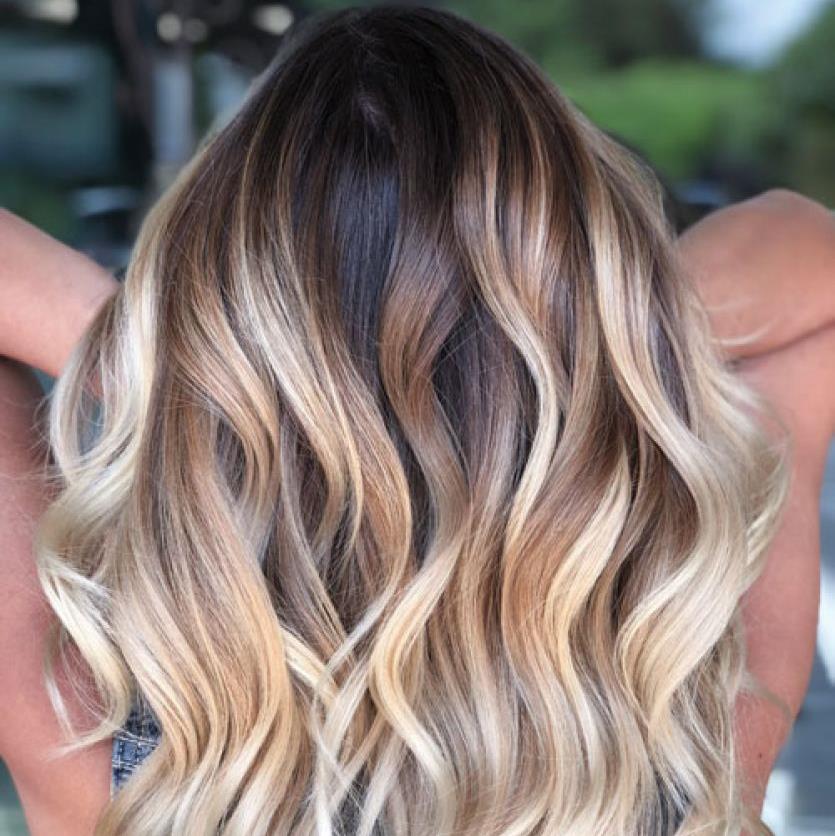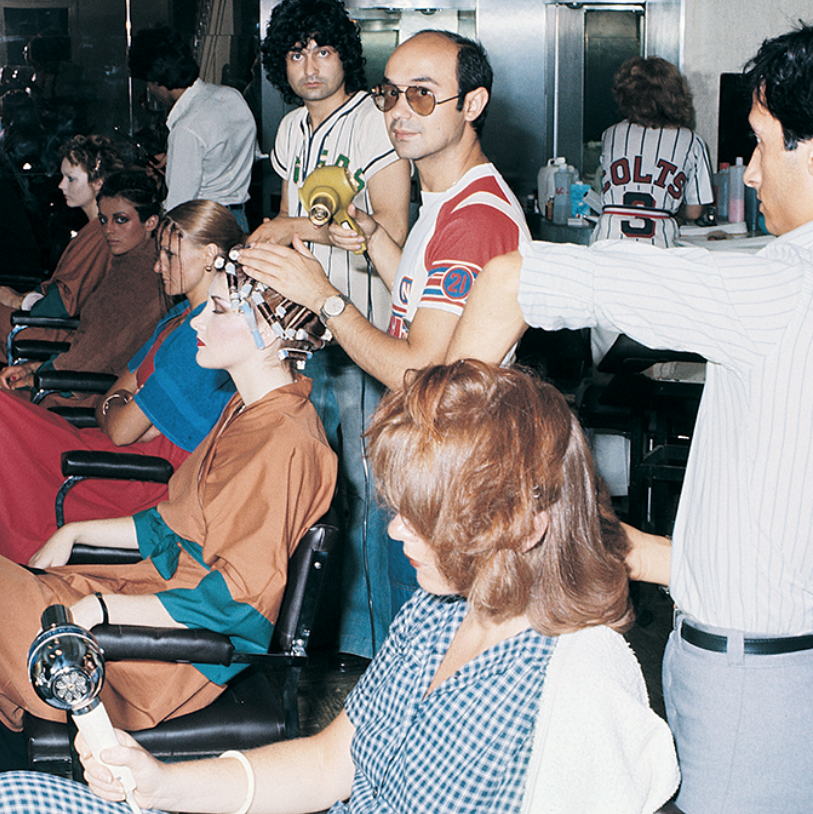Ombre Vs. Balayage: What is the difference?

If you’re ready to change up your haircolor and you can’t decide between Ombre and Balayage because, well, you can’t know the difference between Balayage and Ombre: you are not alone.
WHAT IS BALAYAGE
Balayage is all about how the color is applied. The word Balayage originates from the French term “to sweep.” With Balayage, not necessarily all the ends will be affected and the transition between dark and light will be much longer and more natural looking.

Ombre is a haircolor technique where all the ends are going be affected and the transition from the deeper roots and light ends is going to be pretty short. The definition for Ombre is the French word for "color that is shaded or graduated in tone".
SO WHAT IS THE DIFFERENCE BETWEEN BALAYAGE AND OMBRE? AND WHAT MAKES THEM SIMILAR?
Ombre is typically done with lightener being placed horizontally with full saturation of the section and then blended upward to diffuse the line and Balayage will take smaller sectioning, where color will be painted onto the surface of the hair.. Ombre is more of a horizontal placement and Balayage is more vertical.
In short, Ombre is a bit more of a style; Balayage is a technique.
Both result in a pretty low maintenance routine, since the haircolor placement is not strict but done in gradual (for Ombre) or sweeping (for Balayage) placement. Regular foil highlights, for example, require more regular visits to the salon. However, getting the actual service done and achieving the result you’re looking for can be expensive.
Balayage and Ombre are both specialized, often times requiring a higher beauty budget and time in the salon.
It is a low maintenance result, but important to continue haircare treatments and consistent visits to the salon to maintain optimal color results.
WHAT DOES THE DIFFERENCE BETWEEN OMBRE AND BALAYAGE MEAN FOR ME?
The good news is that anyone can try either look, depending on their desired result. The two techniques can even be used together on any haircolor for any desired haircolor.
Choosing which one is right for you really depends on the look you’re trying to achieve. Whether you’re looking for a blonde, brown, red, rose gold or even vivid color look, your artist should be able to work with you on either technique to create what the color effect you’re going for.
The creative possibilities are endless.
Depending on how much you’re changing your hair can also determine how many times you might need the processes done at the get go. For example, if you’re looking to lift your natural color to a much lighter state, your stylist will probably need to work on achieving your desired color over a few visits. It takes time and is not guaranteed that your hair will lift that much in one visit. A slower lift is a safer lift.
As published by Redken


